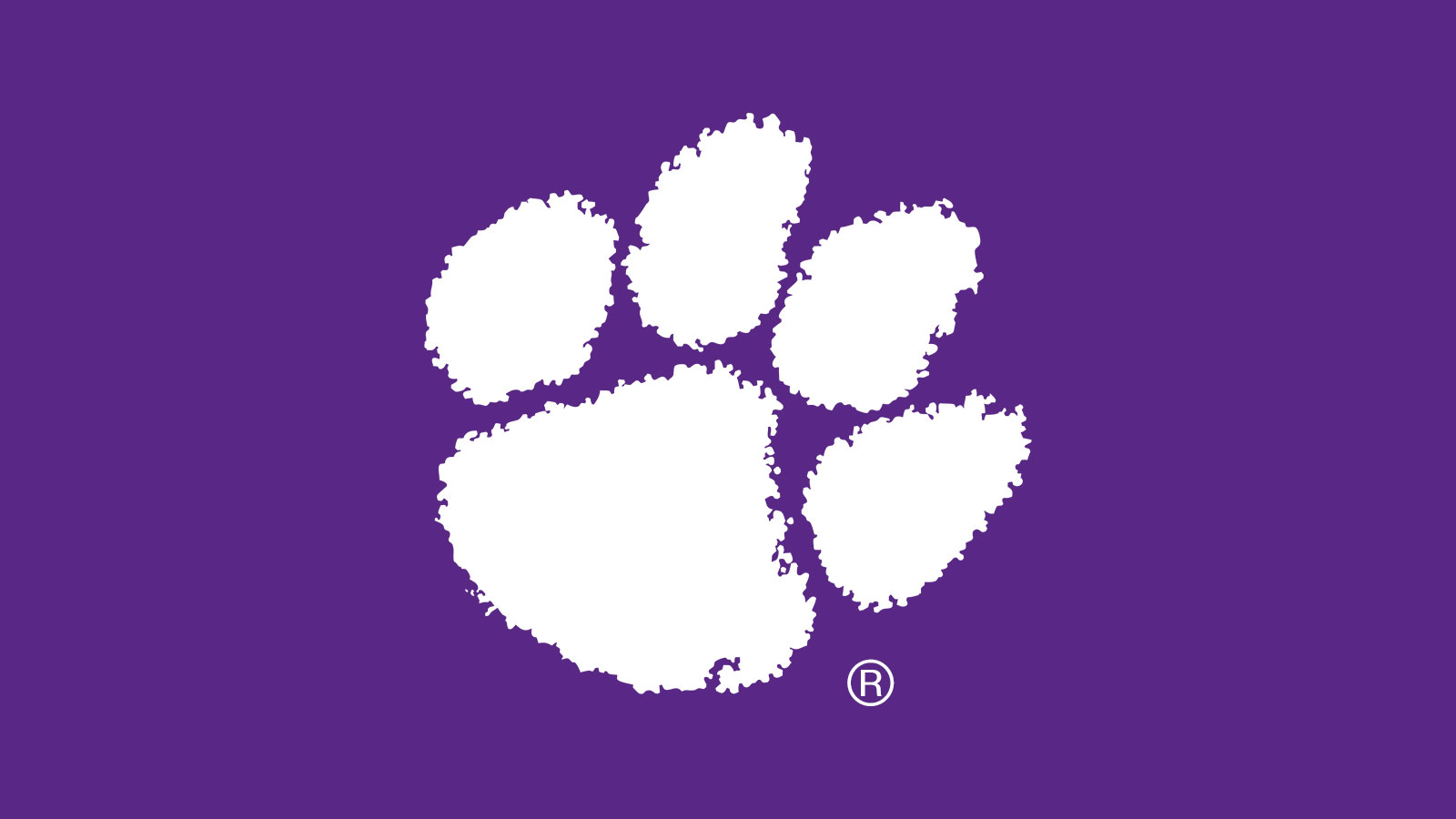On Saturday, Sept. 8, 2018, the Clemson Tigers play the Texas A&M Aggies in College Station in one of the biggest matchups of the early 2018 college football season. But researchers at the universities have a long history of collaborating with each other, and as land grant universities, both schools share a responsibility to contribute to their respective state’s economy. Both are also Carnegie 1 research universities, conducting hundreds of millions of dollars in federally sponsored research into some of the world’s most pressing problems.
Because of these strong ties and complimentary missions, you’ll often see Tigers and Aggies working in similar fields of agriculture, engineering, business, education, architecture, and more. There’s also cross-pollination; many alumni, or former students as Aggies are called, have attended both schools, while some Clemson alumni teach at A&M and vice versa. So while the Tigers and Aggies are foes on the football field, they’re powerhouse partners in science.
Check out these short videos about Clemson-A&M collaborations. They’re just three examples of how these universities are changing the world.
[vid origin=”youtube” vid_id=”XX5bglB_I34″ size=”medium” align=”left”]
Steven Miller at Clemson and Nicholas Davis at Texas A&M are informing critical national conversations and attitudes about race and politics. Their research is critical to increase understanding and tolerance.
[vid origin=”youtube” vid_id=”7UCVx5LC8H4″ size=”medium” align=”left”]
Steve Kresovich at Clemson and Bill Rooney at Texas A&M are tackling global hunger. They use genetic analysis to identify strains of sorghum and other grains that produce more nutritious, higher-yield crops.
[vid origin=”youtube” vid_id=”8dbtps6zoMQ” size=”medium” align=”left”]
Chris Saski at Clemson and David Stelly at Texas A&M are helping farmers around the world meet the growing demand for renewable fiber, oil and fuel by better by better understanding the genetic underpinnings of cotton.
Get in touch and we will connect you with the author or another expert.
Or email us at news@clemson.edu

